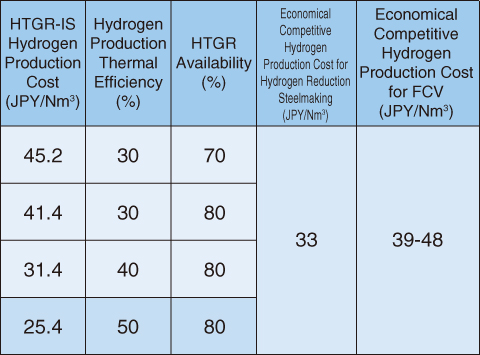
Fig.6-6 Hydrogen production costs under processes using fossil fuels and HTGR-IS
Table 6-1 Competitiveness of the HTGR-IS hydrogen production cost in the industry

Stable, large-scale hydrogen production technologies are needed for the expected low-carbon society. The thermochemical iodine-sulfur (IS) process is one promising technology that harnesses heat energy from HTGRs.
Aiming at the formulation of a safety standard for connecting the HTTR to a hydrogen production facility, and at the establishment of a design applicable to the standard, we are verifying the integrity of process components and a facility made of industrial materials as a technological base for a connection test. Although an economic evaluation of HTGR-IS hydrogen production by a practical plant is necessary, accurate cost estimation using an optimized large-scale commercial plant is difficult at present.
An economic evaluation of hydrogen production by a future commercial HTGR-IS system was performed on the basis of economic evaluation data from an existing commercial plant using fossil fuel as a raw material. The following operational data were assumed: hydrogen production thermal efficiency of 50%, HTGR availability of 80%, and renewal of hydrogen production facilities every 10 years. The construction cost of a hydrogen production facility was set at two times that of a naphtha reforming plant of similar scale, assuming component rationalization and material cost reduction by technological development. Heat and electricity prices were set at 0.7 JPY/MJ and 5.8 JPY/kWh. The hydrogen production cost was estimated at 25.4 JPY/Nm3. Capital and energy costs account for 13% and 78% of the total hydrogen production cost, respectively. Decreasing the HTGR construction cost and increasing HTGR availability are important for cost reduction. In Fig.6-6, this estimation is compared with evaluations of existing hydrogen production processes based on fossil fuels. The proposed HTGR-IS hydrogen production system is competitive with the existing systems, without any carbon dioxide capture and storage (CCS) being required. Considering the competitiveness of HTGR-IS hydrogen production costs in the industry, as in Table 6-1, the process satisfies the cost requirements for hydrogen reduction steelmaking and fuel cell vehicles in the case when the hydrogen production thermal efficiency is over 40% and the HTGR availability is over 80%. We will continue research and development of HTGR-IS hydrogen production, setting low cost as a goal.